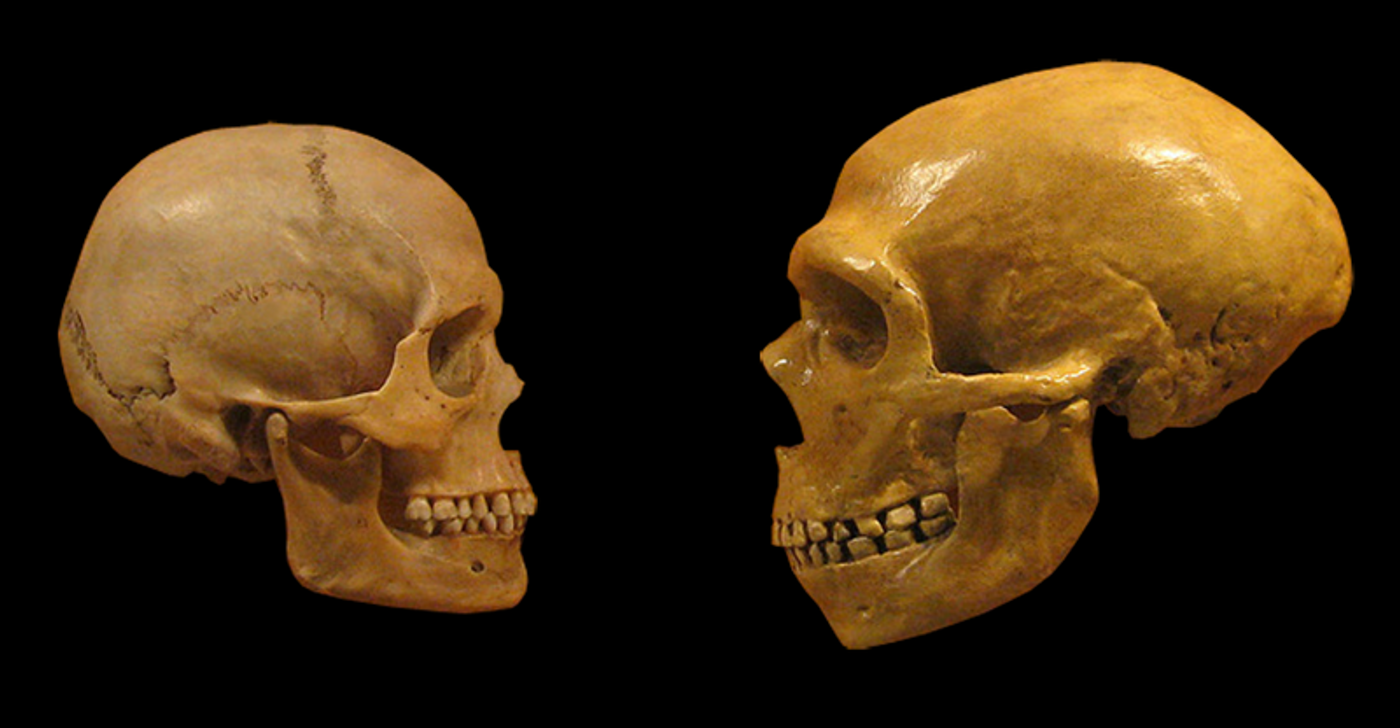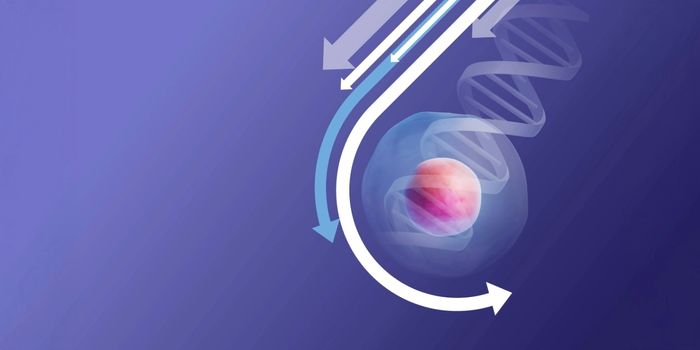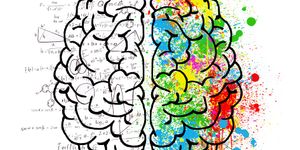Neanderthal Genes Provide Insight Into Human Brain Evolution
Neanderthal heads are almost football-shaped, while modern humans have much rounder brains and skulls. Researchers have found that people living today that carry certain small fragments of Neanderthal DNA in their genome have very slightly less round heads. This work, which was reported in Current Biology, has identified genetic influences that likely impacted the shape and function of the modern human brain.
"We captured subtle variations in endocranial shape that likely reflect changes in the volume and connectivity of certain brain areas," explained the co-leader of the study Philipp Gunz, a paleoanthropologist at the Max Planck Institute for Evolutionary Anthropology.
"Our aim was to identify potential candidate genes and biological pathways that are related to brain globularity," added study co-leader Amanda Tilot of the Max Planck Institute for Psycholinguistics.
Some modern Europeans carry small fragments of Neanderthal DNA in their genome because some of their ancestors interbred with Neanderthals. Different pieces were dispersed, and now a variety are carried by people. The researchers used that to their advantage in this study.
The team assessed cranial shape, and located Neanderthal DNA sequences in modern humans; they had MRI scans and genetic data for around 4,500 people. They were able to use Neanderthal skulls to calculate the variation in endocranial shape between modern humans and Neanderthals.
The researchers were also able to find fragments of Neanderthal DNA in chromosomes 1 and 18 in humans living today, which were linked to reduced cranial roundness. Two genes in those fragments have already been connected to brain development - UBR4 plays a role in neuronal generation, and PHLPP1 is related to the myelin sheath that surrounds axons that extend from nerves.
"We know from other studies that completely disrupting UBR4 or PHLPP1 can have major consequences for brain development," said the senior author of the work Simon Fisher, a geneticist at the Max Planck Institute for Psycholinguistics. "Here we found that, in carriers of the relevant Neanderthal fragment, UBR4 is slightly down-regulated in the putamen. For carriers of the Neanderthal PHLPP1 fragment, gene expression is slightly higher in the cerebellum, which would be predicted to have a dampening effect on cerebellar myelination."
The putamen is a part of the basal ganglia. Along with the cerebellum, the brain regions are thought to play a significant role in movement.
"Both brain regions receive direct input from the motor cortex and are involved in the preparation, learning, and sensorimotor coordination of movements," said Gunz. "The basal ganglia also contribute to diverse cognitive functions, in memory, attention, planning, skill learning, and potentially speech and language evolution."
These rare fragments have only a subtle impact, stressed the researchers; they can only be observed when assessing a massive pool of samples.
"The Neanderthal variants lead to small changes in gene activity and only push people slightly towards a less globular brain shape," said Fisher. "This is just our first glimpse of the molecular underpinnings of this phenotype, which is likely to involve many other genes."
The investigators want to apply this approach broadly and look at tens of thousands of individuals. Then, they will be able to conduct a screen of the whole genome to identify more genes that are linked to biological features like cranial roundness.
"The interdisciplinary approach that we developed for this study could be applied more broadly to unresolved questions about human brain evolution," said Fisher.
Researchers at the University of California are using cortical models, or organoids, to study Neanderthal brains. Learn more from the video.
Sources: AAAS/Eurekalert! via Cell Press, Current Biology









